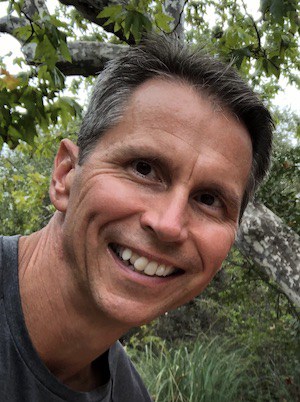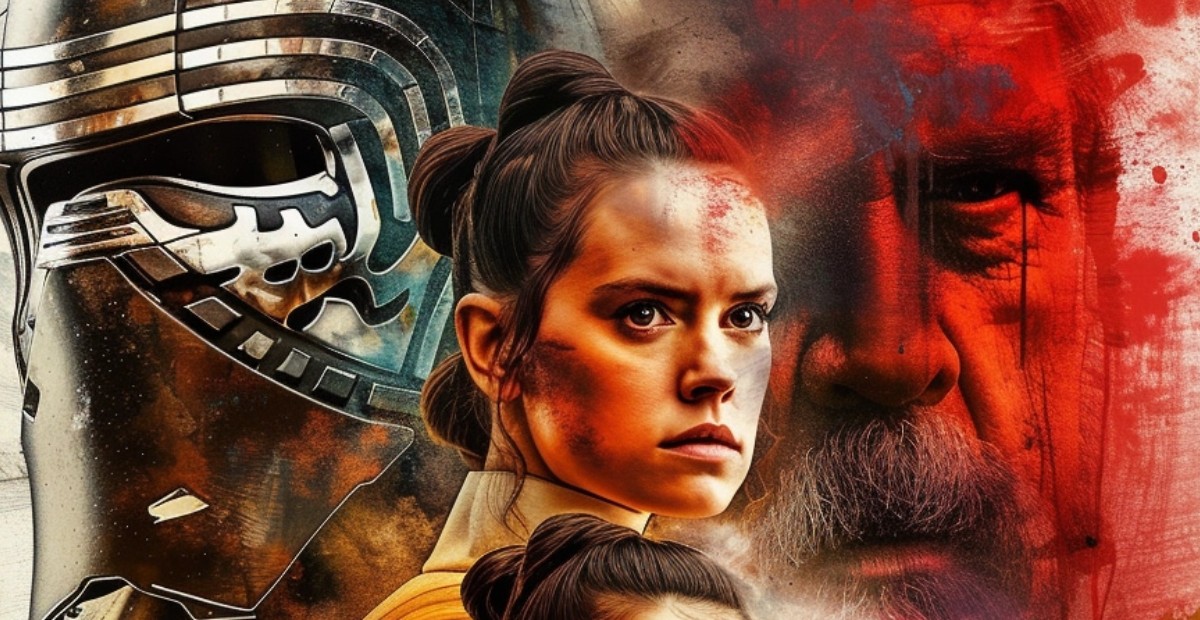The original Star Wars trilogy was groundbreaking. When the sequels came out, audiences were surprised and delighted with the results.
What made The Force Awakens and the next two movies appealing was on the screen thorough actors and storytelling. Yet, there are many interesting behind-the-scenes facts about the first sequel film. Read on to find out ten of them.
Contents
- #10 Poe Should Have Died
- #9 Snoke was a Woman
- #8 Maz Kanata was an English Teacher
- #7 Luke Skywalker Was Supposed to Have More Screen Time
- #6 A Veteran Star Wars Screenwriter was Needed
- #5 Five Models were used for BB-8
- #4 Carrie Fisher Struggled With This Movie
- #3 Rey’s Search for Luke Convinced Abrams
- #2 Chewbacca’s Hidden Facts
- #1 The Force Awakens Returned to Traditional Filmmaking
#10 Poe Should Have Died
The main character Poe Dameron was originally supposed to die in the Tie Fighter crash on Jakku. Audiences thought he did initially too, as the original script designated.
Actor Oscar Isaac advocated for his character to survive and live on as a central part of the story. Luckily, director J.J. Abrams felt the same.
If Poe died, the sequel series would have been dramatically different.
#9 Snoke was a Woman
At first, the evil character Snoke was supposed to be a woman. Several designs were in the works until the last minute before Snoke was designated as male and meant to resemble Grand Moff Tarkin.
Snoke is a mysterious character with many interesting facts all of his own, like being Emperor Palpatine’s creation and unaware of his origins. If he was a woman, that would have added to the complexity.
Captain Phasma was initially intended to be a man. Yet, this stormtrooper captain ended up being a woman. The actor Gwendoline Christie who played Phasma was surprised to hear about these original plans.
In both cases, the story and actors determined the outcome.
#8 Maz Kanata was an English Teacher
The character Maz Kanata was based on J.J. Abram’s High School English teacher. Maz offers refuge to the main characters like Rey and Han with a schoolteacher’s wisdom.
The real-life teacher Rose Gilbert taught Abrams and Force Awakens production designer Rick Carter. As Abrams said, Gilbert was “a wise figure” that would help the story “feel authentic.”
Gilbert and Maz played quite a role in life and Star Wars.
#7 Luke Skywalker Was Supposed to Have More Screen Time
In the initial writing of The Force Awakens, Luke Skywalker was going to have a larger role. Yet, having Luke appear more frequently could have taken away from the presence of the new characters and actors.
Actor Mark Hamill thought that Luke would be included more at least in the last part of the movie. He had good reason to think so.
Multiple scenes were cut from the film, including one with Luke holding Darth Vader’s helmet. That certainly would have caught the attention of audiences.
#6 A Veteran Star Wars Screenwriter was Needed
Screenwriter Michael Arndt was originally hired to write The Force Awakens. After eight months of working on the screenplay, though, he still needed more time. In came a legendary screenwriter to replace him.
Lawrence Kasdan had written The Empire Strikes Back and Return of the Jedi and was hired to help J.J. Abrams to complete the first sequel.

Kasdan was surprised to be called back to the Star Wars franchise. He was reluctant at first but then worked with Arndt, Abrams, and writer-producer Simon Kinberg to develop the script. Kasdan’s first focal point was bringing Han Solo into the new movie.
#5 Five Models were used for BB-8
Not one, but at least five different models were used to bring the droid BB-8 to life. Two of the models were remote-controlled, one had a puppeteer, and a lighter model was used when BB-8 was picked up.
Other sources indicate seven models were used for BB-8 across the three sequel films. CGI was not used in any of them.
As an astromech droid, BB-8 was similar in head design to R2-D2 and had a personality that resonates back to the famous droid from the original movies.
#4 Carrie Fisher Struggled With This Movie
Carrie Fisher had not played Princess/General Leia for a long time. So, she struggled on the first day of filming to get back into this role. She was also out of practice with her acting, which made it tough with remembering lines.
The movie was also a struggle because of the demands put on her to lose weight for the role. Her quick loss of weight may have contributed to health problems that led to her death. That’s a sad behind-the-scenes possibility.
#3 Rey’s Search for Luke Convinced Abrams
J.J. Abrams was at first reluctant to take on directing The Force Awakens. Yet, he was convinced to accept the job once he learned how the new female character Rey would search for the long-time hero Luke Skywalker. He found this story too interesting to not pursue.
As Abrams commented in an interview, the combination of an existing backstory and new characters in “new situations” drove the story of this movie. This angle is also what convinced him to direct.
Other directors like David Fincher and Matthew Vaughn were considered for the film, with the latter coming very close before Abrams agreed.
#2 Chewbacca’s Hidden Facts
The very tall actor Peter Mayhew played Chewbacca in the original trilogy and the prequel Revenge of the Sith. He was brought on board again to be Chewbacca for The Force Awakens, but did not solely play this part.
Finnish actor Joonas Suotamo also played Chewbacca. Mayhew had knee problems by this film, so Suotamo came in for the action scenes.
In addition, Chewbacca’s fur in the movie consists of yak belly fur connected to a wool suit, the way it had been in A New Hope.
The “big walking carpet” thus carried on a tradition from originals to sequels, with The Force Awakens using four and ½ suits made mostly from yak fur hand-sewn onto Lycra.
Chewbacca and Star Wars would not be the same without these actors and costumes.
#1 The Force Awakens Returned to Traditional Filmmaking
This movie downplayed the use of CGI and prioritized traditional film techniques. Given the feedback about the prequel’s abundant use of CGI, The Force Awakens relied much more on “practical effects.”
Behind-the-scenes shots reveal complete set pieces and the use of real environments, with more limited use of CGI. Scenes would complement sets with CGI and not overuse this technology.
J.J. Abrams commented on how the film needed to be authentic and connect back to the original trilogy.
We saw this filmmaking approach with BB-8, the sets, and locations. These visual dimensions helped bring the story and characters back to Star Wars.

Todd Wahlstrom is a creative and analytical freelance writer and life-long Star Wars fan who has expanded into writing about the Marvel Cinematic Universe. He has written about recent shows such as The Mandalorian and Andor and classic topics like Darth Vader, the Jedi, and Boba Fett. His recent articles include the MCU’s Iron Man, Captain America, and Thor. Todd is the author of a non-fiction book, holds a Ph.D. in history, and enjoys hiking, running, and reading about science.
